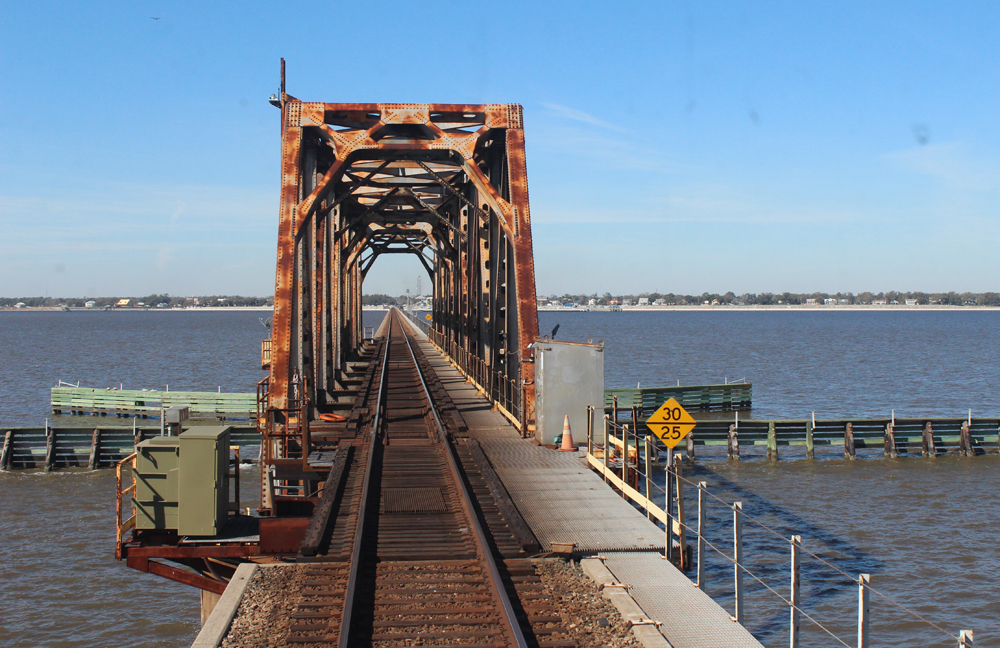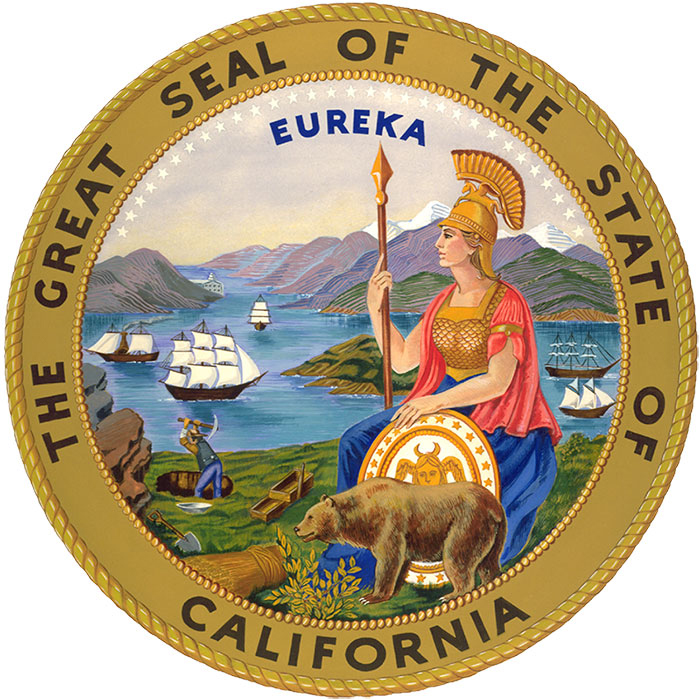
WASHINGTON — The Surface Transportation Board has asked parties involved in the upcoming hearing on Amtrak Gulf Coast service to be prepared to report on a meeting with the U.S. Coast Guard over drawbridge operations on the route, as well as several other issues, at the hearing scheduled for April 4.
In a decision issued today (Monday, March 14), the board notes that, during a prehearing conference in February, STB Chairman Martin J. Oberman asked the parties to contact the Coast Guard to discuss the possibility of scheduling drawbridge openings [see “Moorman, CSX, and Amtrak weigh in …,” Trains News Wire, Feb. 16, 2022]. Those bridges along the potential passenger route must currently open on demand, which is a factor in the traffic modeling used by CSX Transportation in its request for infrastructure improvements prior to the start of passenger service.
Other subjects Amtrak, CSX, Norfolk Southern, and the Alabama State Port Authority should be prepared to address, according to Monday’s document, are:
— How Amtrak’s existing operating agreements with CSX and NS apply to the Gulf Coast dispute, what steps have been taken pursuant to those agreements, and any additional steps under those agreements that are contemplated by the parties. The board also asks how a specific section of those agreements apply. (Amtrak submitted its operating agreements under seal, so the details of what is identified as section 5.1E are not publicly available.)
— If the board finds that the CSX and NS failed to demonstrate Amtrak service would “impair unreasonably” freight operations, can the STB still require infrastructure improvements under its authority to “prescribe reasonable terms and compensation” for using the freight facilities and services?
— If the board did find that service would unreasonably impair freight service without additional infrastructure, could it still order CSX and NS to allow the trains, subject to the construction of additional infrastructure as determined by the board?
— If the board orders that passenger service is allowed and that infrastructure must be built, can the STB determine which party must pay for which project, or otherwise apportion the infrastructure costs?
The board also declined to rule on an Amtrak request that NS be required to allow access to its rail lines so Amtrak could prepare for crew qualification trains, but said both parties should be prepared to address this at the April hearing.












Trains to/from New Orleans operate on NS between just west of Gentilly to the station. Part of the route is on the “Back Belt”, the major freight connection between UP and BNSF, and NS and CSX. It is mostly two main tracks, but slow speed, and several road crossings. Congested.
Just like the many writers here like to say regarding rail/road crossings that the RR was there first, in the case of the waterways, they were there first.
The Portal Bridge on the NEC between Newark and Manhatten was a “open with one hour notice” operation for years, even during rush hours. The bridge frequently had operating issues, which shut down this portion of the NEC, sometimes for hours. Requests to the Coast Guard to prohibit openings during rush hours were rejected until the two NJ Senators informed the Coast Guard that their next year’s budget request “might get lost”. The bridge now will not open during rush hours.
Drawbridge opening on demand (or conversely, on schedule) isn’t a subject that I’ve seen covered in TRAINS MAGAZINE. NEC has a number of drawbridges in Connecticut and New Jersey with heavy passenger schedules. Closer to my home, there are two drawbridges in Milwaukee on the route of the Hiawatha.
Two questions should be asked: (1) What is mix of pleasure craft vs. commercial boat or ship traffic. (2) How much if anything water traffic pays in fees to the Coast Guard, Corps of Engineers, and the railroads.
As rail advocates we have to ask why or if recreational boats for the few have right of way over trains for the many …. and why it is that the railroads pay the enormous cost of building and maintaining drawbridges. At these two Milwaukee rivers, commercial traffic has shrunk or even disappeared. The railroads maintain these drawbridges for yachts and cabin cruisers.
Charles, my indirect involvement with Coast Guard permitting for moveable bridges has found that USCG heavily favors the waterway user and modifying the existing authorizations is a very difficult process. I have seen no instance where the type of watercraft (commercial vs. recreational) had significant bearing on what is authorized. I have my thoughts on what does matter, but I will refrain from airing my speculation here.
I will say I having seen some of Mr. Oberman’s presentations and having read his statements, I see him as a very competent head of the STB. The expectations for preparation the STB is putting forward reagarding this hearing reinforce my opinion. Not to say I agree with all of his opinions, but I respect that Oberman is diligent and thoughtful in his work at the STB.
The three areas mention are Bay St. Louis, Biloxi Bay, & Pascagoula River.
Bay St louis has some barge traffic from the Industrial park at back of the bay behind the city of Pass Christian as well as some commercial fishing boats. 95 plus percent of traffic thru the swing span is pleasure craft.
Back Bay Biloxi sees fair amount of barge traffic. Bayou Bernard Industrial Park as well as coal shipments to Mississippi Power plant. Still over 80% of traffic thru swing span is pleasure craft.
Pascagoula River draw span is open for barge and commercial fishing craft but 60% is still pleasure boats.
Side Note: A classical film made in 1966 staring Robert Redford and Natalie Wood called “This Property is Condemned” was filmed almost in it’s entirety in Bay St. Louis Ms. Great movie, lot’s of train action.
What part of the proposed connection involves NS?